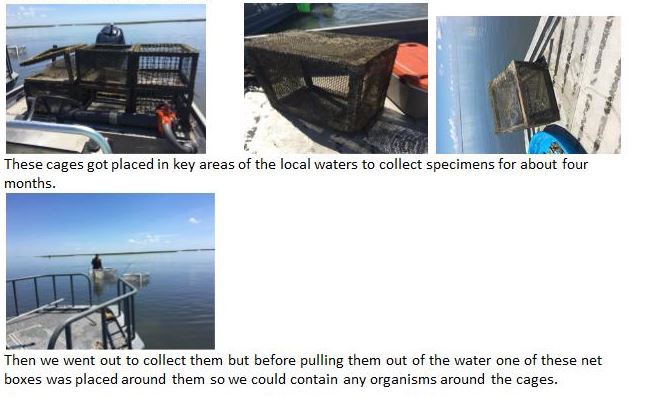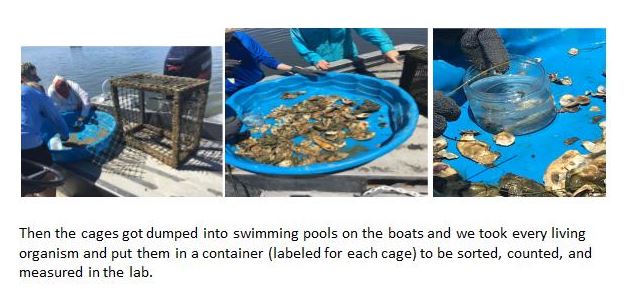Author(s)
Christine Price
Introduction
The purpose of this project is to find the relationship in the turbidity of water and what organisms live in this environment. Turbidity is defined as how cloudy, opaque, or thick the suspended matter is.
Why is it important to science? Science researches ways that the different factors affect the environment because conservation of living organisms is important. Also natural resources are key to the survival of organisms. This experience allowed me to see this by providing an experience where I was able to follow biology students work both in the field and in the labs.
Discussion
This topic is suitable for middle schoolers.


